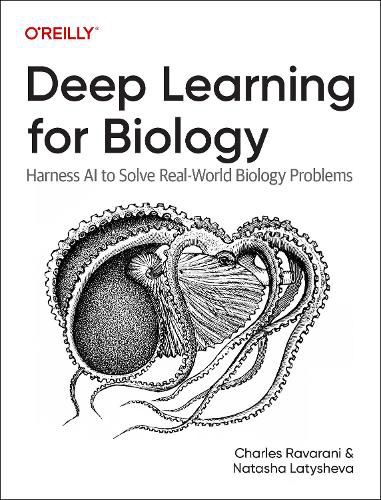Readings Newsletter
Become a Readings Member to make your shopping experience even easier.
Sign in or sign up for free!
You’re not far away from qualifying for FREE standard shipping within Australia
You’ve qualified for FREE standard shipping within Australia
The cart is loading…






Bridge the gap between biology and cutting-edge machine learning techniques with this essential guide. Train and interpret deep learning models and answer fundamental biological questions. Whether your background is in biology, machine learning, or software engineering, this book empowers you with the practical skills needed for your deep learning journey.
Through step-by-step recipes, authors Natasha Latysheva and Charles Ravarani teach you to train models for tasks like understanding gene regulatory logic, uncovering insights about protein families, and exploring subcellular localization. Each chapter provides self-contained mini-projects that serve as templates for approaching complex biological problems.
By the end of this book, you'll be able to:
Approach biological problems with a deep learning perspective Train and interpret deep learning models to explore complex biological data Leverage Python code and iPython notebooks to extend your projects Transform your insights into actionable solutions in medicine, genomics, and biotechnology
$9.00 standard shipping within Australia
FREE standard shipping within Australia for orders over $100.00
Express & International shipping calculated at checkout
Bridge the gap between biology and cutting-edge machine learning techniques with this essential guide. Train and interpret deep learning models and answer fundamental biological questions. Whether your background is in biology, machine learning, or software engineering, this book empowers you with the practical skills needed for your deep learning journey.
Through step-by-step recipes, authors Natasha Latysheva and Charles Ravarani teach you to train models for tasks like understanding gene regulatory logic, uncovering insights about protein families, and exploring subcellular localization. Each chapter provides self-contained mini-projects that serve as templates for approaching complex biological problems.
By the end of this book, you'll be able to:
Approach biological problems with a deep learning perspective Train and interpret deep learning models to explore complex biological data Leverage Python code and iPython notebooks to extend your projects Transform your insights into actionable solutions in medicine, genomics, and biotechnology